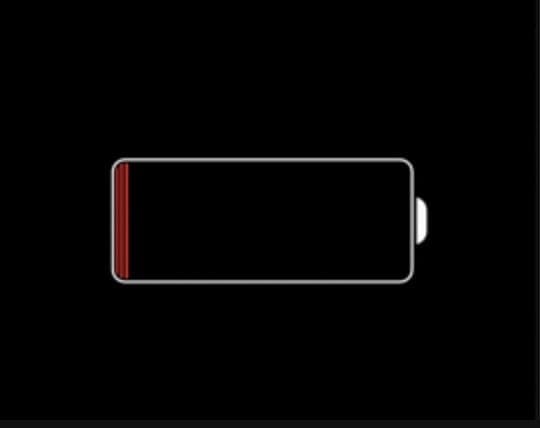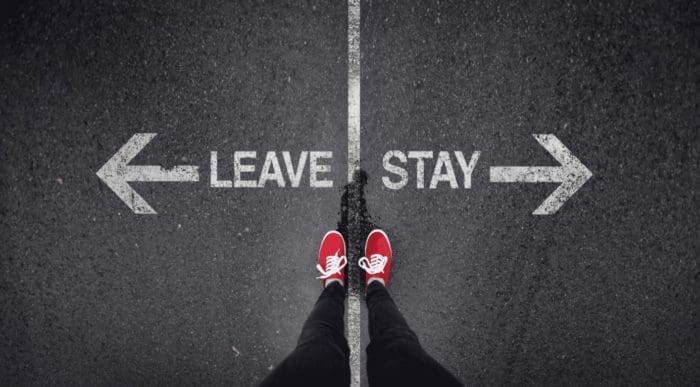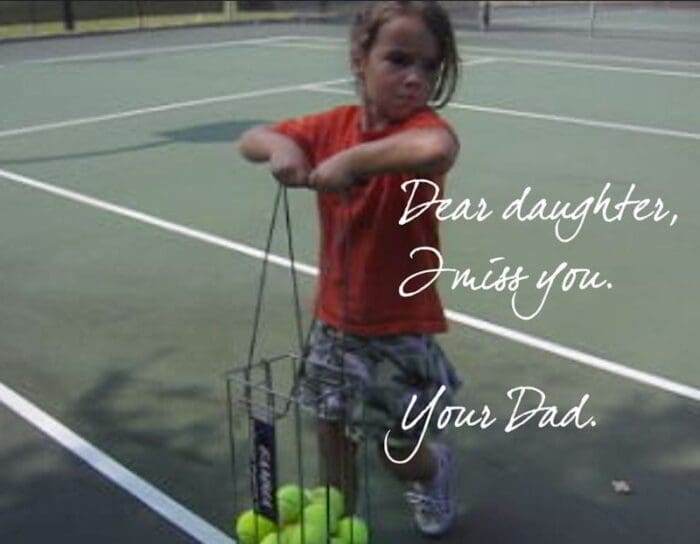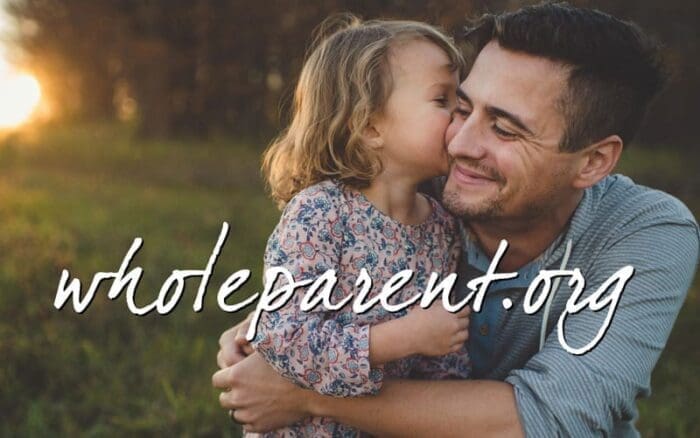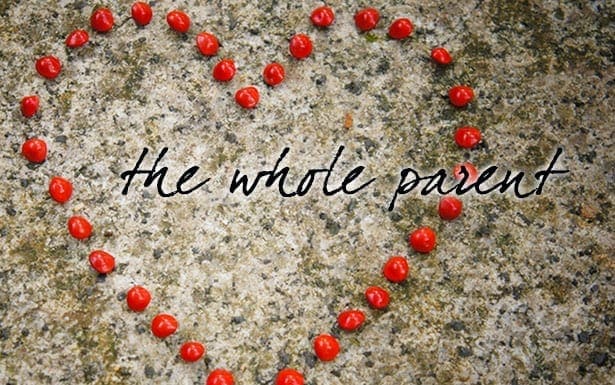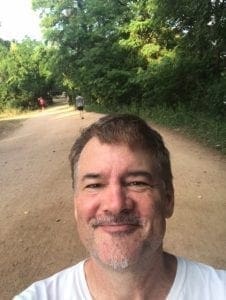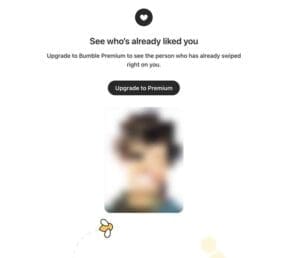Depression is manageable.
Part of the problem, is when depression raises it’s ugly head in our lives, those around us do not know how to cope, do not know how to support us, do not know how to keep themselves safe in the face of our changing and uncertain mood fluctuations.
Managing Depression 6-Keys Strategy:
At the core, depression is about several fundamental dysfunctions.
- Mood
- Energy
- Rational thinking
- Hopeless (learned and situational)
- Relationships and Support
- Fear and Anxiety
This post today is going to be about ENERGY and the mobile phone metaphor I have recently been using in my own management and my work with clients.
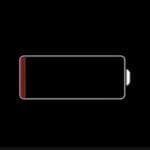
Much of my depressive moods can be attributed to low-energy depression. As a friend said to me, when you are down you are like a phone in low-power mode. You begin shutting down external processes and resources to conserve power and preserve the contents of memory. (aka: not die)
When you have only 10% of your energy left to give, it is important to pay attention to where you are spending that energy. What activities are you wasting your energy on? What cycles and activities can be discontinued to conserve your remaining power for essential services.
In Crisis We All Enter Low-Power Mode
The 2020-year-of-crisis showed all of us what a low-grade functional depression looks like. We’ve all lived a bit of it. Things don’t work the way they used to. Our outlook is cloudy. Our hope is diminished. And our systems spent months in low-power mode.
How you manage your energy during a depression is one of the most critical skills required to self-regulate. If you’ve got a low-power warning but just push on with all lights and processes running as you careen into darkness or the flipside the manic side of the sun, it’s your fault when things crash in either direction. When you get a low-power warning from your body, your thoughts, your friend and family, your sleep patterns, your need for coffee that doesn’t seem to work at all…
When You Get the Low-Power Warning
Shut down all non-essential processes and appointments. And go immediately to your own self-regulation check-list. Here’s mine:
- Am I getting enough sleep?
- Am I drinking enough water?
- Am I drinking alcohol? Should I stop?
- Am I eating foods that are good and nutritious?
- Should I slow down on the coffee?
- Have I walked outside, in nature?
- Can I slow my speech down and breathe between statements?
- Can I double my exercise routine? (this helps a lot)
- Am I asking for help and letting my team know I’m aware of my elevated state?
When Shutdown and Low-Power Modes Fail
In my case, I can get to a point where self-management and self-regulation strategies are not enough. The good news is I have a great care team: One MD (meds) and a Ph.D. (mind and moods). In addition to checking in with them, I let my family and partner know what’s going on. It might look like this.
“I’m giving myself a yellow card (soccer reference) and I’m only taking half of my psych meds today to try and slow myself down a bit. Let me know if you have any concerns or see me acting out.”
How We Love a Partner with Depression
My meds doctor put it this way. “When you only have 15% battery power left, and you’re giving your partner 100% of that power and attention, it may only be 15% but it’s 100% of what you have to give.”
During the pandemic, I suffered from a bit of a setback. I had to suspend my coaching business, for my own mental health. As the world was taking a timeout, I too was in an isolation trick of my own. HOWEVER, I was in a loving and caring relationship. So, I gave 100% of what was left of my energy and attention to my relationship and my own survival and health.
Sometimes that’s what we have to do. We pull in our wings, drop out of sight (social media, phone calls, going out in public) to support our energetic recovery. There is no FAST CHARGE for depression. I wish there was. I wish one of the 10 drugs has a fast-acting version that could help me the same day I’m feeling overwhelmed. Sometimes I can get med results in a week or two. More typical, for me, is about 1 – 2 months after starting meds again, do I get the lift off the floor that signals my eventual recovery and return to a fully-functional, fully-empowered individual.
My Promise as a Coach and Friend
I did suspend a few of my client relationships while I fell into my own dark period. The coach needed a time out. I met with my talky doctor weekly via Zoom and I coped as best I could with the shutdown, my loss of income, and my anxiety about losing my relationship due to my depression.
As a relationship coach and a mood-related coach, I will never take a session when I’m not 100% available. My battery has to be at 90-100% or I am unable to hold the space for your needs and goals. I will be upfront when I reschedule. You will never wonder where I am or what I’m doing. And when I return from a mini-reset or a major battery replacement, I promise I will return to support you again, in the best way I can.
I too am a depression sufferer. I can support you in a way that no “inexperienced therapist or doctor” can. And that said, I am not a doctor or a licensed therapist. I am a coach who is concerned 100% with your future goals and how to achieve them. I encourage my clients to have a therapist to deal with the historical hurts and traumas that are holding them back. I am here in a supportive and empowering role for you. I am here ONLY FOR YOU. I am not concerned with the other people in your life, I am not looking out for their interests.
I am your coach only when I can give 100%!
Namasté,
John McElhenney – life coach austin texas
Facebook | Instagram | Pinterest | @wholeparent
related posts:
You can find all of my books on AMAZON.
